The Sophomore Chronicles: Highlights from Weeks 3 and 4 at Startup Institute Chicago
This article by John Egan first appeared on Medium. This is the second blog post in a four-part series. Read part one: The Freshman Chronicles.
Chapter 2: Flying High
Throughout Week 3 and Week 4, we started flying high and accelerating our learning at a much faster pace. We began to build our networks, we got into the heart of our technical tracks, and we had deep talks to discover who we are and what we want to make out of our lives.

Like the typical college years, as freshmen we were introduced to the campus and took general education-type classes. Now as sophomores, we began hitting the books hard to start building our technical skills and began putting words and lessons to action.
We couldn’t have been more excited.
Let’s jump right into it!
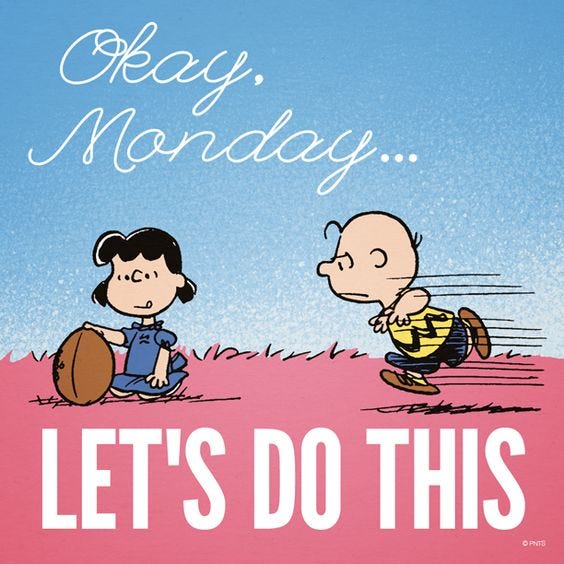
Networking and Communication Skills
Startup Institute has a well-known and respected reputation in the tech industry, and the company has established partnerships with many startups to assist with the program. In Week 3, we had the opportunity to meet a few of these companies at our Partner Fair. Companies such as Growit!, Syndio, Topstep Trader, ITA, Schlep, and Narrative Science came in to meet us.
It was a time for us to be introduced to several cool companies in the city and hear about each of their products, their company culture, and much more.
As we were networking with these companies, "communication" was a word that was mentioned frequently. As companies grow, it’s important to hire smart and manage growth properly, or else you can lose touch with employees.
In a group, the possible communication connections between individuals for verbal or written communication are called communication channels. Two people talking to each other have only one channel for back and forth information sharing. Add a third person and now you have three possible channels, and incomplete communications can begin.
It’s common sense that the larger a team becomes, the more communication becomes a challenge. But do you know the numbers behind it?

The communication channels formula is a way to express this “challenge” numerically. Using ’N’ as the number of team participants, you can calculate the total number of communication paths on a team.[bctt tweet="Communication channels formula quantifies team challenges at scale, says @John_M_Egan" username="StartupInst"]
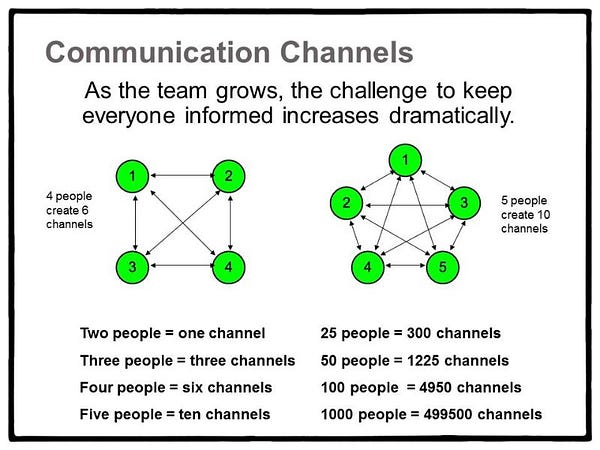
If you double the size of your project team from 5 to 10 people, the number of communication channels increases 4.5 times, from 10 to 45. Another way of stating this (and in reality what it means) is that a manager needs to theoretically spend four and a half times the effort in order to ensure the project team of twice the size keeps informed.
All those channels can be difficult to monitor if not done right—especially for a project manager.
This formula expresses that the number of people on the project is at the heart of what makes communications a challenge. It’s not the size of the budget or the technical complexity that poses our greatest communications challenge. It is the number of people with whom we need to communicate about our budget and technology that makes it hard.
The formula also acknowledges that it is not only the project manager who has to communicate. The formula takes into account that on a 5 person team, it is not only the manager who is communicating with 4 others, but it’s everyone talking to everyone. The number of people who are constantly communicating with each other is much larger than that.
It’s no wonder that organizations have difficulty getting everyone on the same page and working effectively. Clearly, a plan is necessary to control the flow of information and to make sure that everyone receives the information they need to do their job.[bctt tweet="As a team grows, you need a plan to facilitate the flow of information, says @John_M_Egan" username="StartupInst"]
The right product. Done right. Managed right. Those are the pillars of a great software product.
Sam Harris, Founder and CTO of task management software Tribe, came in to present to us on management strategies and provided an overview of the vast number of company management methods and how to use all of the techniques—what he refers to it as “Gumbo Methodology." Gumbo is industry agnostic and is designed to be flexible to different project needs by pulling pragmatic best practices from agile, waterfall, and lean management philosophies.
[bctt tweet="'Gumbo' pulls #productmanagement best practices from different methodologies— @John_M_Egan" username="StartupInst"]
Sam comes from a military background and has been a manager at a variety of companies in education, finance, consulting, defense, and tech. He knows a thing or two about launching products and managing teams. He gets stuff done and he gets it done fast.
Launching his new Tribe product, Sam has taken his management experience and technical skills and created a new management software to organize one’s tasks, projects, and goals. I’ve been a user of practically every type of management product out there (I love to experiment and try every product on the market) and in my eyes Tribe is a game-changer. If you haven’t heard of it, I’ll suggest you check it out—you'll instantly notice the difference. I’ve been using it a great deal since being introduced and it has helped myself manage the craziness of the number of tasksI seek to accomplish during my time here at Startup Institute.[bctt tweet="I've tried many #projectmanagement tools, and @tribe_do is a #gamechanger, says @John_M_Egan" username="StartupInst"]
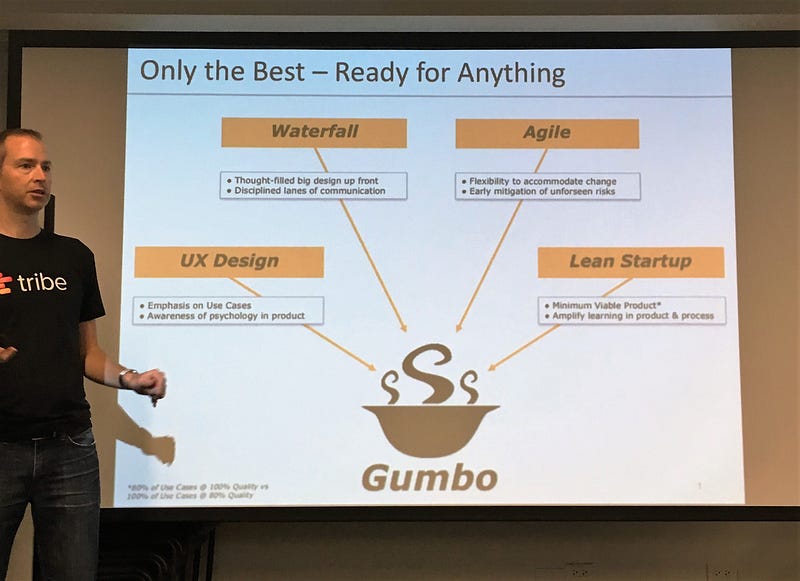
Different types of project management methods
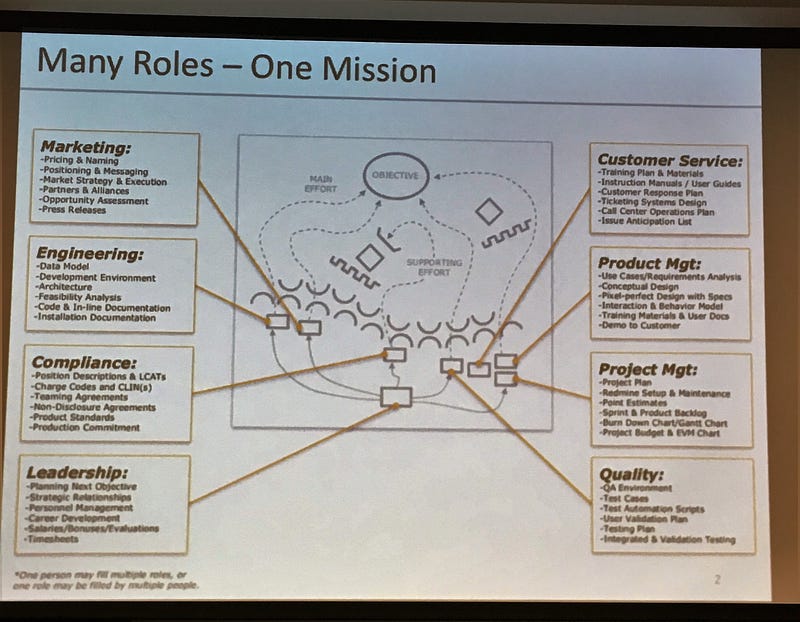

Learning Interviewing Strategies
Through the help from a few of our partner companies, we had the chance to perform mock interviews with recruiters to nail down our interview techniques. Before we practiced, we had Betsy McCann, Head of People Operations from Valkyrie Trading come in to give us an intro to interviews.
Betsy went over the common logistics of the interview process—small things like asking for water, where to sit, what to wear. The stuff we might not think about.
Another topic we discussed—one that hit me hard—was the fact that job interviews are weird. They are flawed, they are not normal, and they make no sense.[bctt tweet="#JobInterviews are weird—they're flawed and they make no sense, says @John_M_Egan" username="StartupInst"]
What is your greatest weakness?
Why should I hire you?
Describe yourself in three words.
Would you rather fight 1 horse-sized duck, or 100 duck-sized horses?
Who asks these type of questions in normal life? No one.
Let me ask these types of questions the next time I go out on a date and see how that works out. I may get banned from Tinder for asking questions like this.
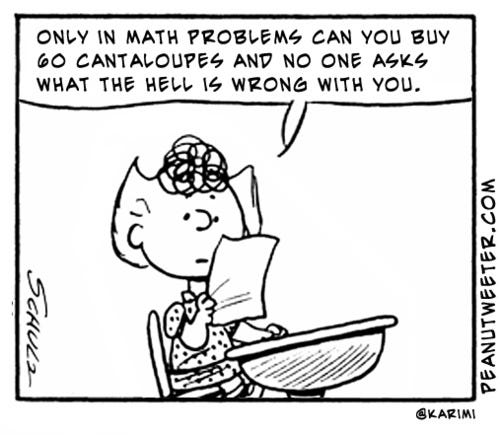
As Soren Kierkegaard, famed philosopher, said many years ago —
Life can only be understood backwards, but it must be lived forwards.
Questions like these are asked because it’s the only way to understand a person, but will it predict an employee’s future success? Who knows.
It’s a hard truth that this is how every job search is handled, by reviewing one’s past to attempt to get a grasp on who a person is, but it’s hard because interviews are terrible predictors of job performance. Many technical skills, team skills, intelligence (IQ and EQ), attitude, and more can’t be measured accurately during an interview. Here’s a list of 50 of the most common interview problems.
Interviews should focus on the value a person can add in the future, not their past.
Unfortunately, there is no sure-fire right answer to solve this weird, flawed problem. It is important that you are at least aware of the things because they can ultimately impact the results of your interview. One of the most common traits that can affect your interview success is being nervous and not confident as you present yourself.
Of course, getting nervous before any big moment in life is natural. We’re all human after all. The best piece of advice I can offer for a job interview is to relax, be honest, and be yourself. It’s just a conversation. If anything, make it a fun conversation.
Interviews can be the one curve ball in a person’s (the interviewer’s) day. Make it a fun curve ball that leaves the person in awe and wanting to learn how you did that. As Betsy said,
Your interviewer is also hiring a coworker, someone to eat lunch with, someone to hang out with outside the office. You need to be honest, because the truth will come out.
[bctt tweet="Your interviewer is hiring a coworker—someone to eat lunch with. Be yourself, says @HeadofPeopleOps" username="StartupInst"]
We spent the night absorbing what we learned from Betsy and the next day we had the opportunity to sit down with professional recruiters in a group setting to practice the interview process and receive real-time feedback from other students and the HR personnel.
This was great. Generally, interviews are a one-way road. You answer the question, and the person(s) on the other side of the table analyzes your answer, makes a judgment, and moves on. You truly never know how well you answered that question. The answers change for everyone and you only know if you did well if you get offered the job.
Performing these mock interviews and having that second person break-down how we answered questions, handled the conversation, what our body language was like, etc., opened up our eyes and helped us all tremendously. The buzz in the room was great afterwards, and we each walked away knowing what we need to work on to nail the actual interviews when they happen.
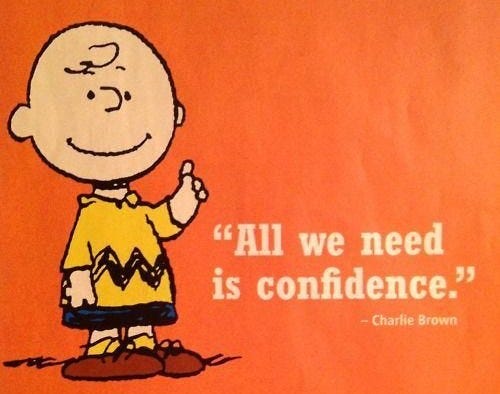
Fireside Chats with Troy Henikoff
Continuing with our fireside chats series during Weeks 3 and 4, we met three entrepreneurs, two of them affiliated with Techstars, and each with their own incredibly valuable advice.
A man that needs hardly any introduction, Troy Henikoff from Techstars Chicago, stopped by to provide us with a gold-mine of advice.
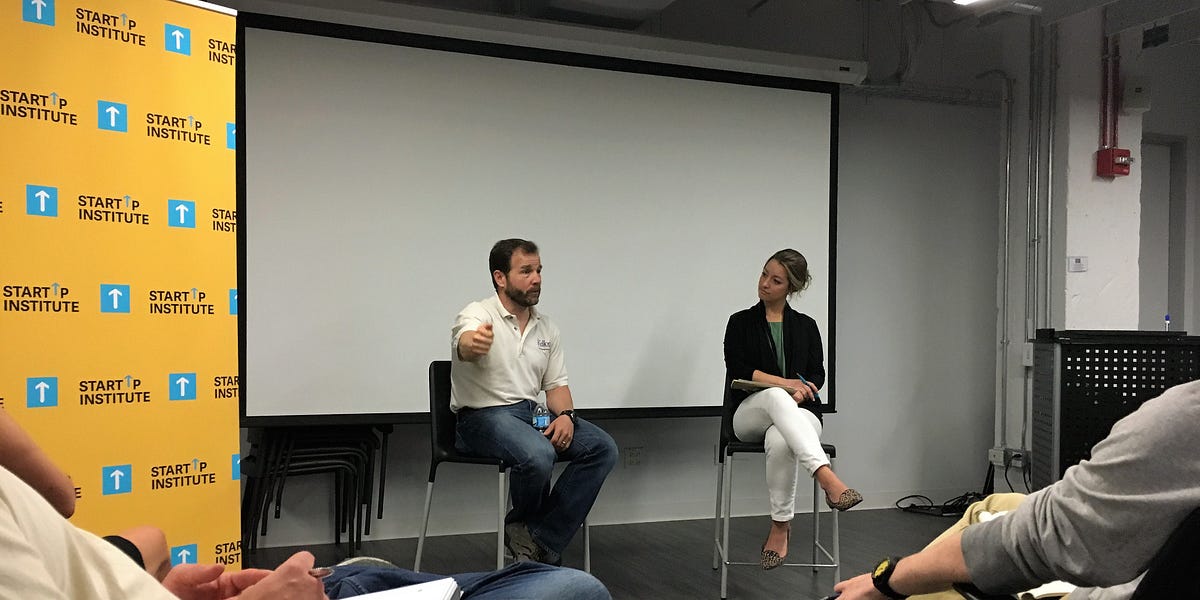
Troy meets with hundreds of leaders and entrepreneurs every year. He believes that some of the best qualities of entrepreneurs are tenacity, coach-ability, and being stubborn.
Why stubborn?
Because stubborn people know what they want and what they don’t want.
But, one of the worst traits an entrepreneur can have is when they believe their opinion is the only right answer— being too stubborn. It is important to balance that appropriately.
Another thing Troy excels at is knowing what separates a good startup pitch from a great startup pitch.
One of the key parts of Troy’s job is practicing with the Techstars companies to refine their pitches—breaking down each and every single word down to the syllable, continuously asking Why, Why, Why, Why, Why (The Five Whys) to find the true root of their pitch, and then optimizing it.
The goal of this is to make a great first impression to your customers, because like we discovered in my last blog post, you typically only get one shot to present your pitch.
As you test your pitch, you may get feedback like…
That’s a great idea! I’m going to tell my friends.
That may sound good, but is that the answer you want to hear?
What you want to hear is…
That’s a great idea! Here’s my credit card. I’m in.
Hard to build a startup, until you convert your customers.
Troy on How Tech Builds Teams
Regarding building your team, a classic quote in the startup world is,
Hire slowly. Fire quickly.
This needs to be stressed a lot in startups. It’s important you get the right people for the right reason. Quality > Quantity should be the foundation of a startup’s recruiting values.
Consider startups like links on a chain. At early-stage companies, each employee has a key place within the company. A chain is only as strong as it’s weakest link. If one member of the team doesn’t perform well, the whole team will fail.

Troy knows a lot about what it takes to find the right people for companies, but what about finding the best company for you? Two of his top tips to getting into the right company are:
- Be passionate about what the company and the team is doing.
- Find a person or team you can learn from.
If you have found that company that answers both numbers 1 and 2, then get into that company anyway you can.
People in a startup move up so fast. Even taking a job as an unpaid intern or volunteering (and performing well) can pay-off quickly.
[bctt tweet="Look for a team you can be passionate about and learn from, says @TroyHenikoff" username="StartupInst"]
Fireside Chat with Julie Novack
A company that is currently working with Troy and going through the Techstars accelerator program is Partyslate, an event planning company, and founder Julie Novack visited to share her unique background describe her experience going through the Techstars program.
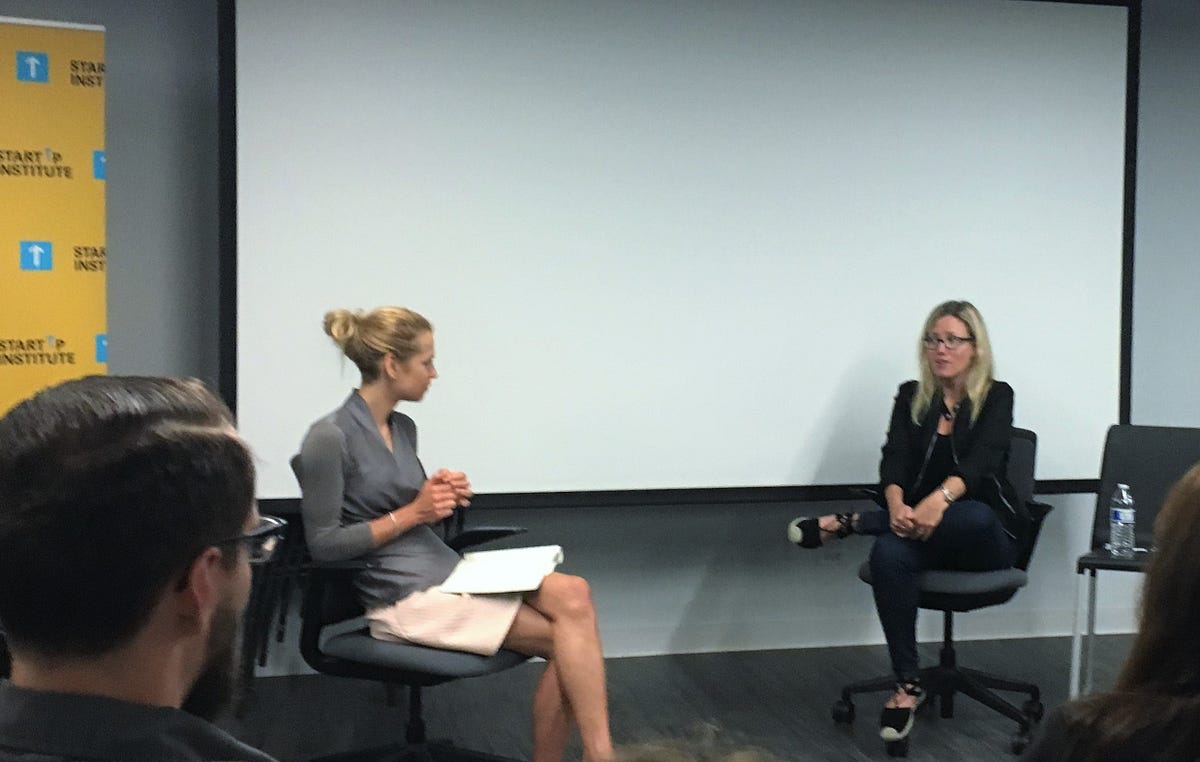
We heard about Julie's background and her steps to starting a company. She explained how her idea originated and went through the steps that she made in her personal life to make that switch to becoming an entrepreneur, starting a company from nothing.
Starting a company is always difficult. There are so many unknowns that you will never consider until you try.
We questioned her on how to set the baseline of your KPIs (key performance indicators) during the beginning of a startup when you don’t have any data to start with. A great hint is to A/B test your KPIs, see what numbers and metrics are working best for you, and make that the standard, but be realistic about it.[bctt tweet="Don't have the data yet? A/B test your KPIs, says @JulieRothNovack" username="StartupInst"]
Going through Techstars program, Julie spends a great amount of time perfecting her pitch. A helpful exercise to work on this is to perform A/B tests on pitch decks, as well. This will help you discover key parts, what works, what doesn’t, and to prepare for the big day when you do present.
Since Julie is a party planner, we couldn’t let her go without asking what are the key things for throwing a great party.
Her top 4 tips for throwing the best party in town:
- Lighting and music are key (more important than you think).
- Welcome your guests as they arrive.
- If people are giving speeches, keep their presentations short and concise.
- Build the party around the bar/ kitchen.
Fireside Chat with Dima Elissa

Dima Elissa from Vismed 3D (a startup providing 3D surgical patient replicas for state-of-the-art treatment and training of doctors) visited to remind us to “be authentic” and align ourselves with people who believe in us. If there is something that you want, prepare for it, practice your skills, and find the direct messengers who can help you get what you want.
[bctt tweet="Be #authentic and align yourself with people who believe in you, says @dimaelissa" username="StartupInst"]

Dima was recently on the Tech In Chicago podcast. I recommend listening to hear more about Dima and her amazing vision. She is a prominent entrepreneur doing amazing things for the industry. Keep an eye out for her in the future.
Exploring the Chicago Tech Ecosystem
To break from the career learning and technical courses, we went on our first walkabout (or "adult field trip," as I like to call it) and checked out a few of the coolest tech offices in the city.
Spot #1 — The Nerdery (a custom software development firm)
The Nerdery office
. What would you expect to get when a bunch of "nerds" deck out the office? The result is The Nerdery very modern office in Chicago.

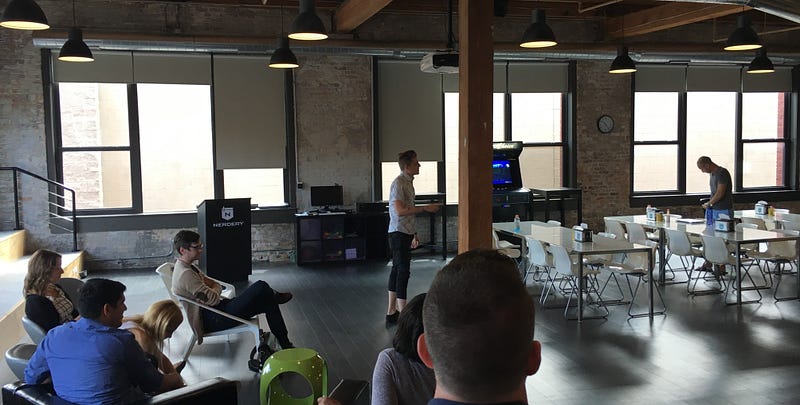
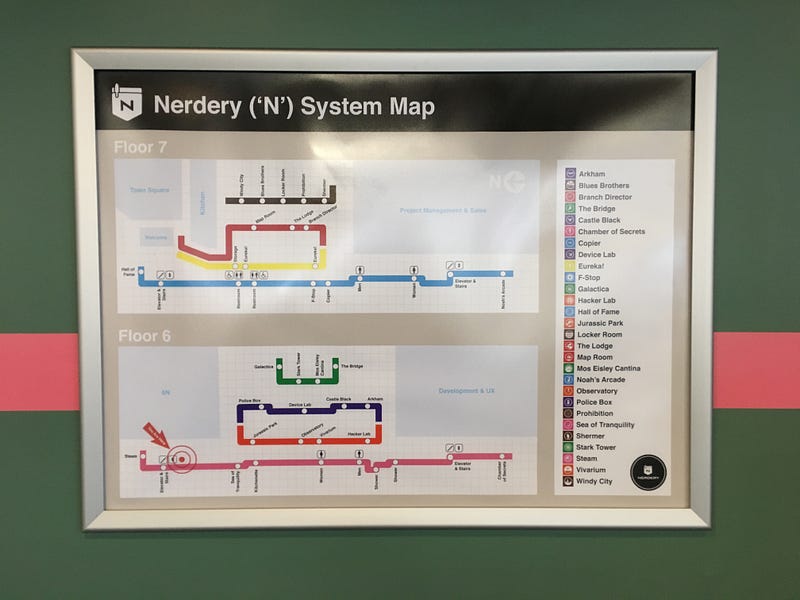
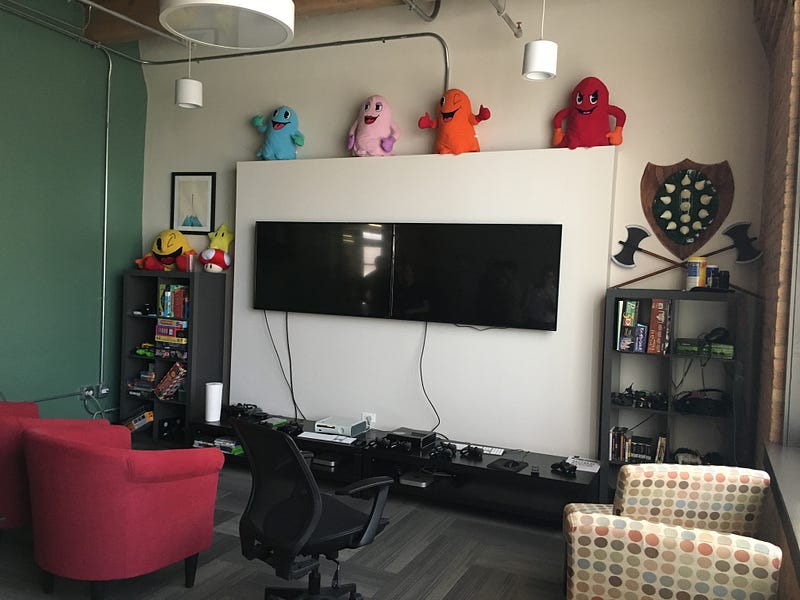
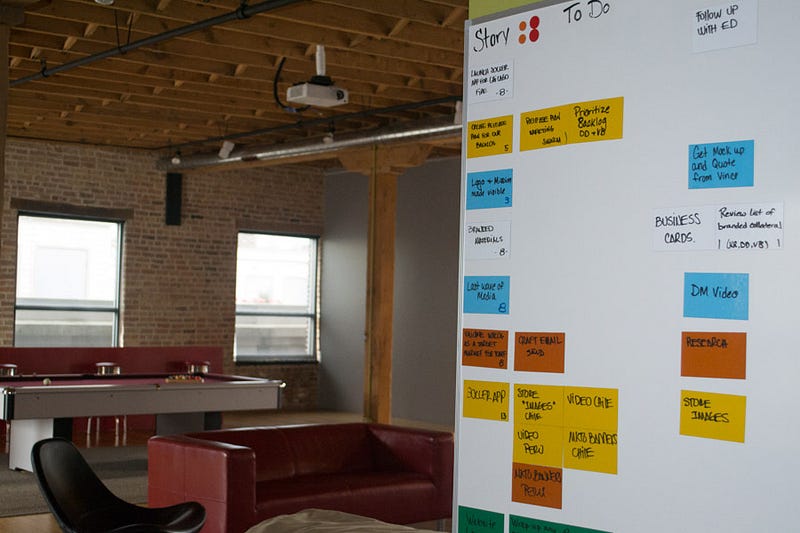
Final Stop #3 — WeWork Fulton Market, a co-working space.
The city's former meatpacking district is home to this Chicago office space, which occupies seven floors.

The Open Doors Party
As we approached the halfway point, it was time to celebrate and enjoy some brews and tacos at the Startup Institute Open Doors Party. It’s an event held each session for alumni, current students, hiring partners, and members of the tech community for an evening of making new connections, reuniting, and having fun.
This season’s Open Doors Party was graciously hosted on the rooftop of the office of instructor Eric Pitt's company, Opternative. We were having so much fun enjoying the view and networking with over a hundred people, that Mother Nature wanted to join us! Oh boy did she bring a lot of water to the party. Most of the party-goers prevailed in ponchos for a while, and then we swung by a nearby bar for an after-party.
This event was the first time I got the chance to meet the full Startup Institute community and in a short time, I was welcomed by many awesome, unique, and talented individuals. This is truly a network of go-getter’s, who are fueled by great companies with extraordinary talent and personalities.
[bctt tweet="The community @StartupInst is a #network of go-getters w/ extraordinary talent, says @John_M_Egan " via="no"]

For more photos from the Open Door’s event, visit the Facebook album.
As mentioned at the beginning, these two weeks we have begun hitting the books hard to solidify our technical skills and learn all we can. This will be one of the main focuses as we head into our junior year (week 5–6).
I am in the web design track learning the steps, languages, and skills with aspirations to become a product manager, UX designer, and developer. I’m a jack-of-all-trades guy—I aim to excel in it all. So, let me continue to study, research, and get my hands on every coding and design book out there, and I’ll present to you what I have learned at the end of this program.
In the meantime, my personal site is under construction. BRB while I rebuild my portfolio :)
Whoa….We’re Halfway Done
Through the leadership of our wonderful staff, we established a great foundation to act upon. Our tremendous director spoke to us about this one day during our daily morning stand-up:
Now is our time for us to be like Picasso and create our own works of art. — Lisa Schumacher
[bctt tweet="Channel #Picasso—#ACTION is foundational to all success, says @eatonbrook" username="StartupInst"]
As we begin the second half of the program, you can guarantee we are ready to put words to action and execute. We are a hungry group of individuals.

Continue to follow us along on Twitter #SIChicago as we continue flying high through this program and give this guy a follow on Twitter@John_M_Egan. I love staying in touch with everyone and helping anyway I can.
